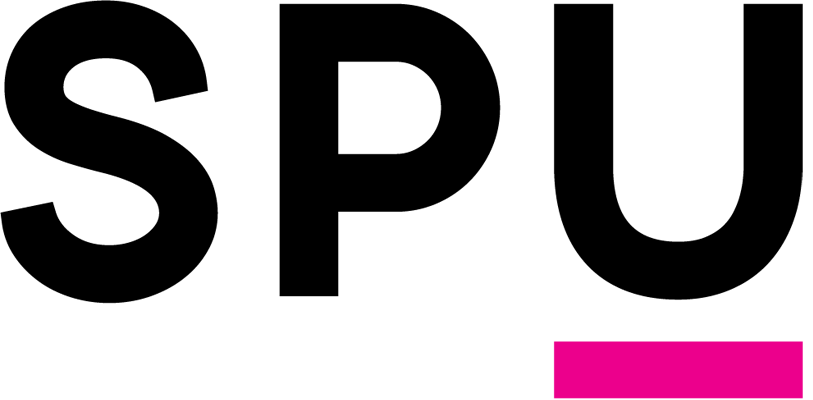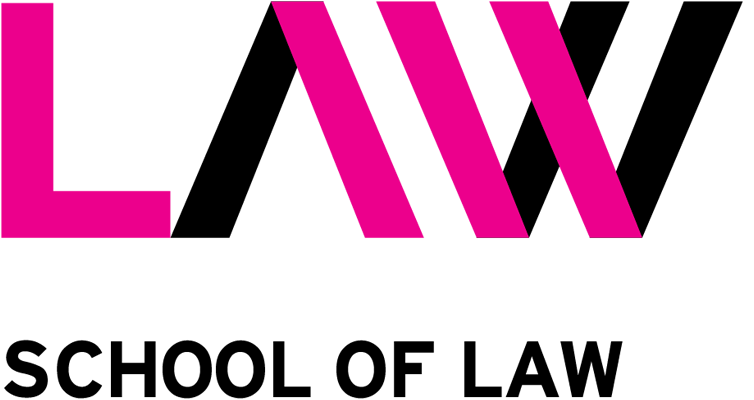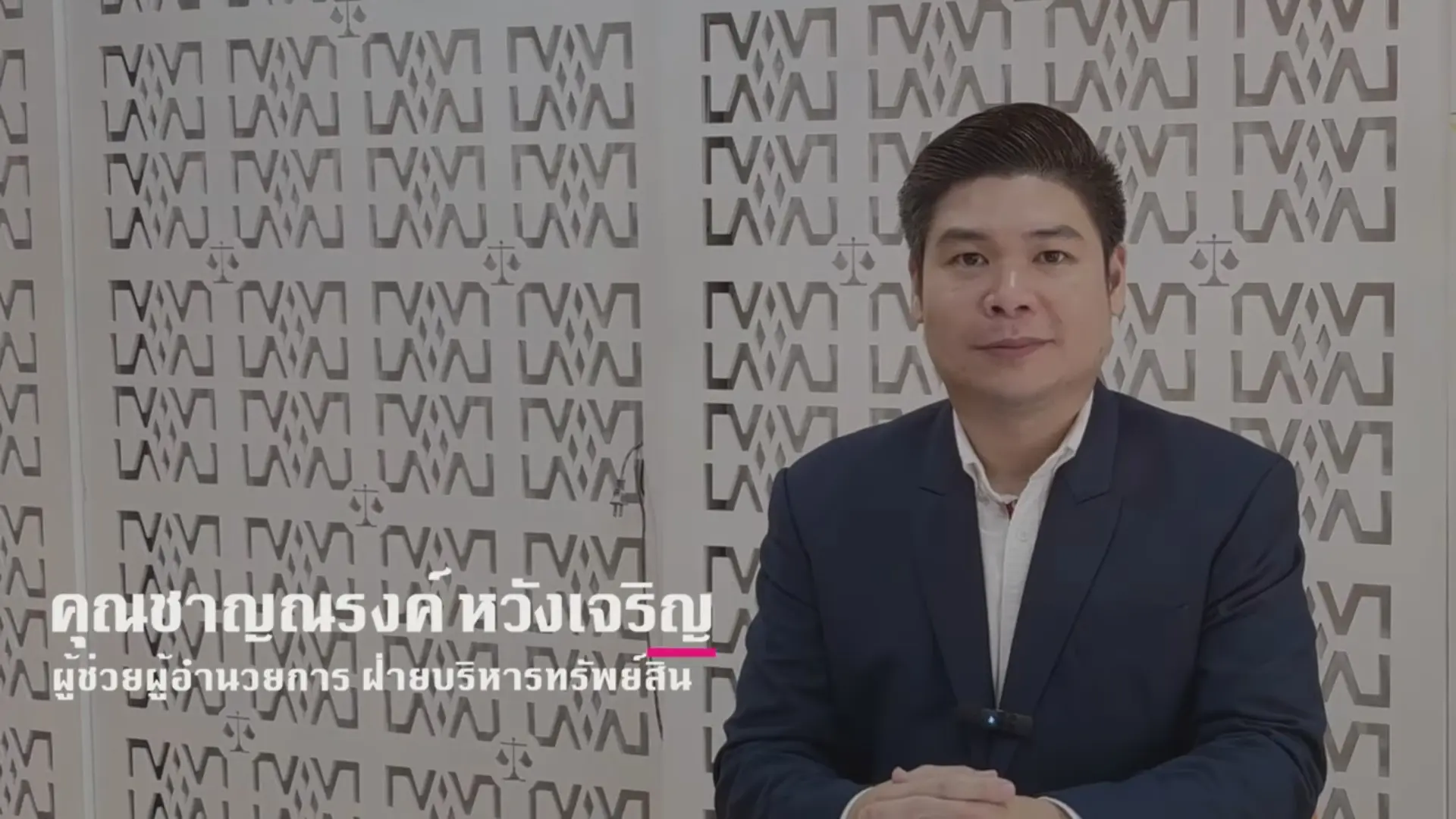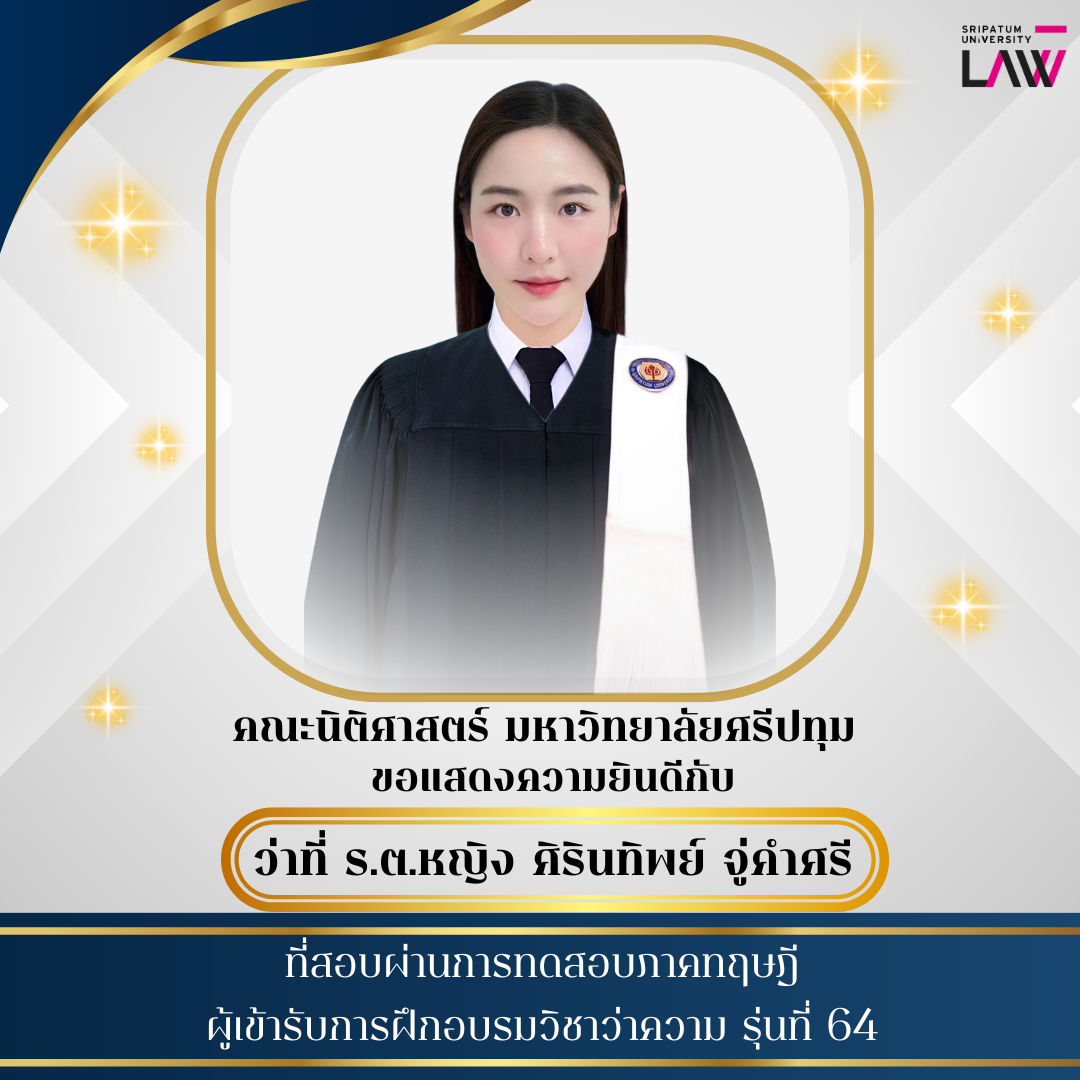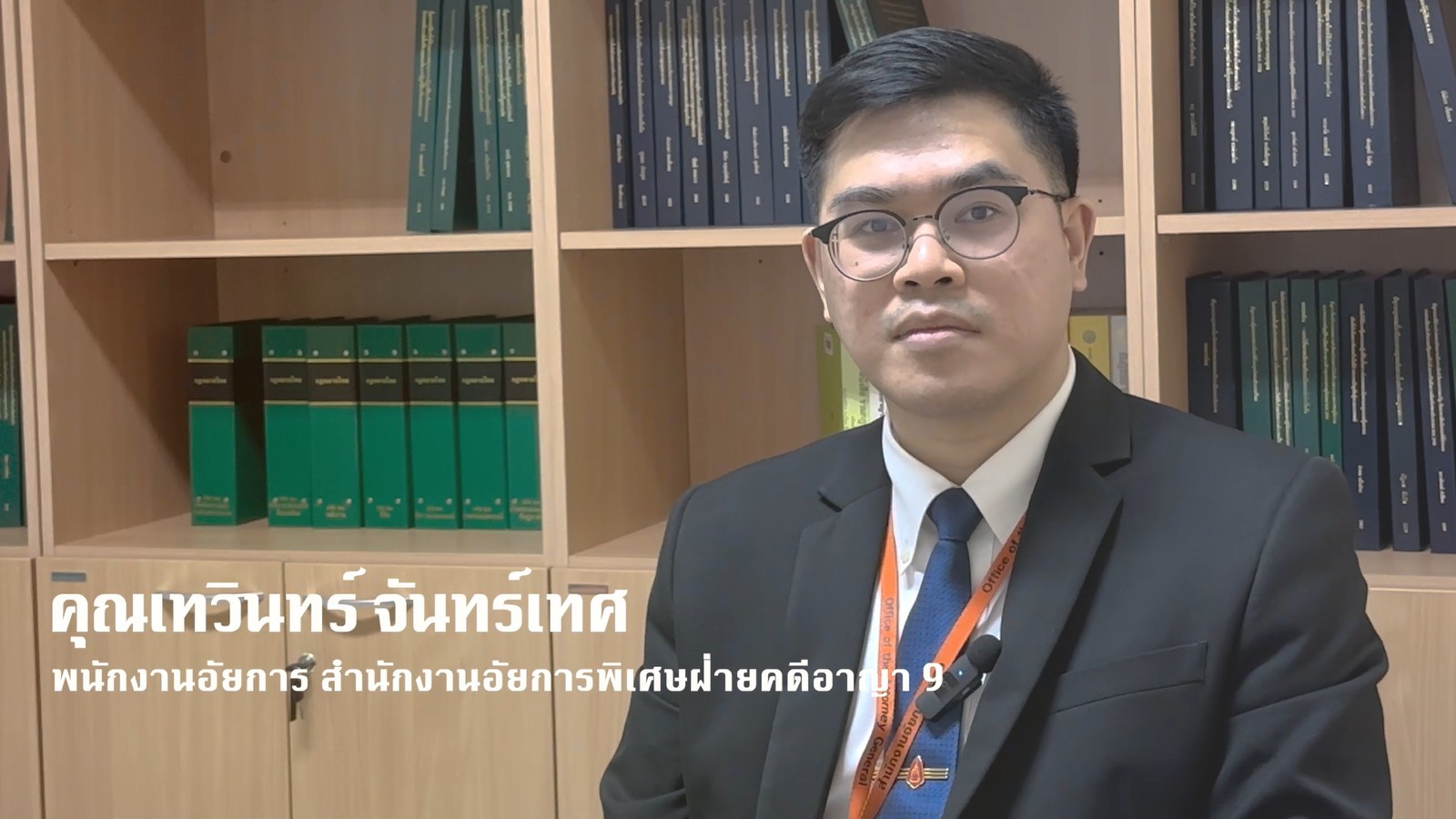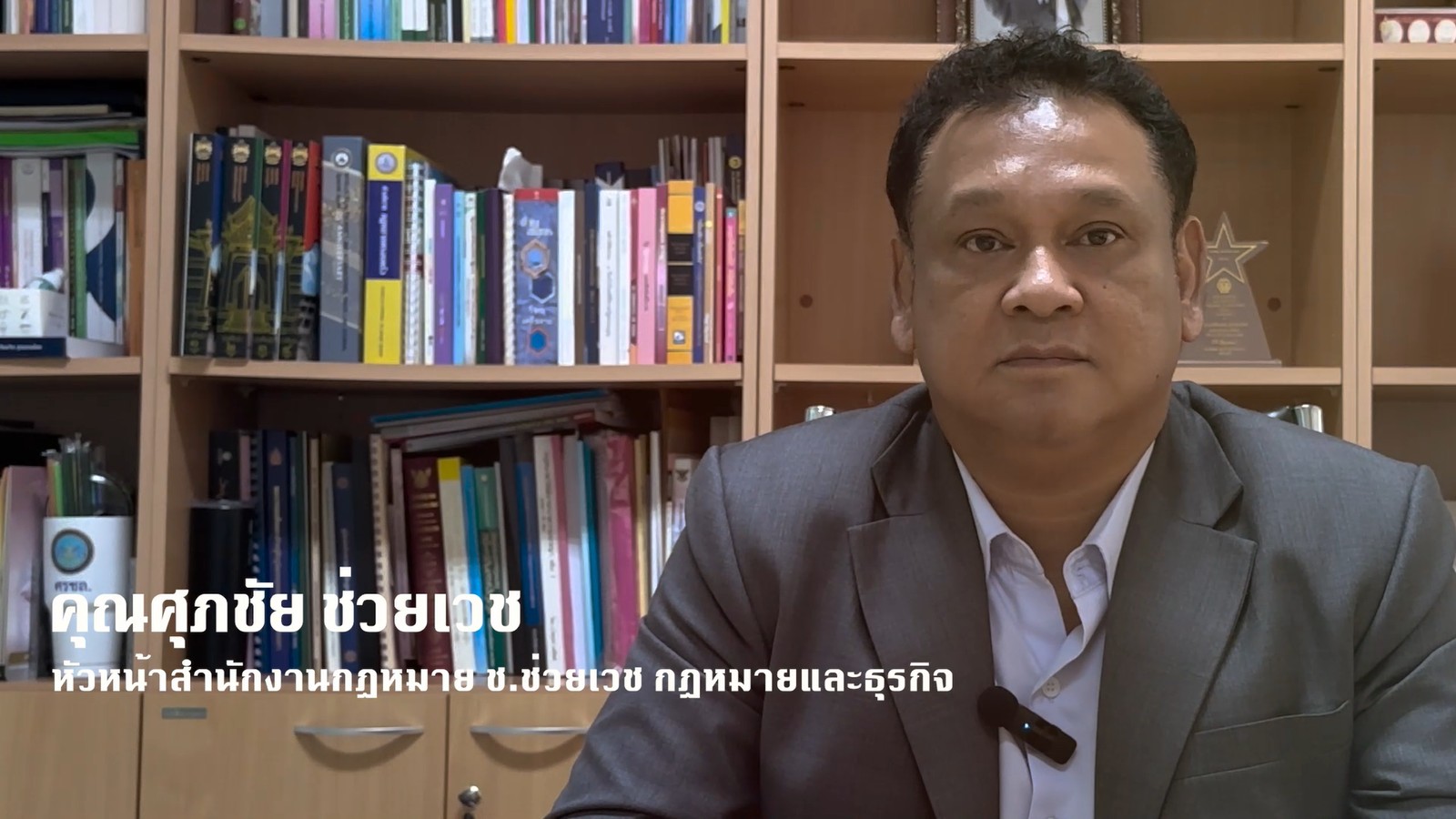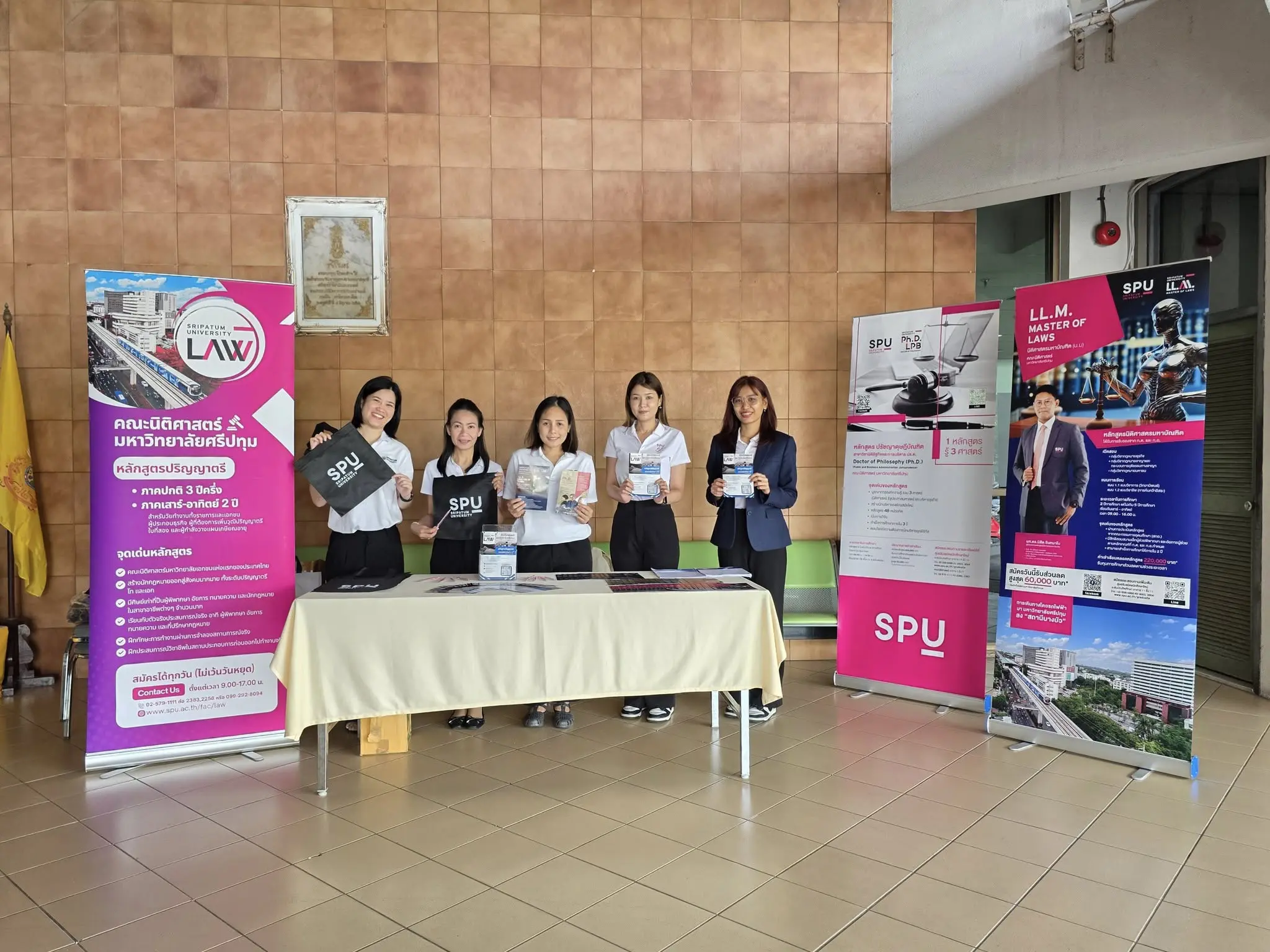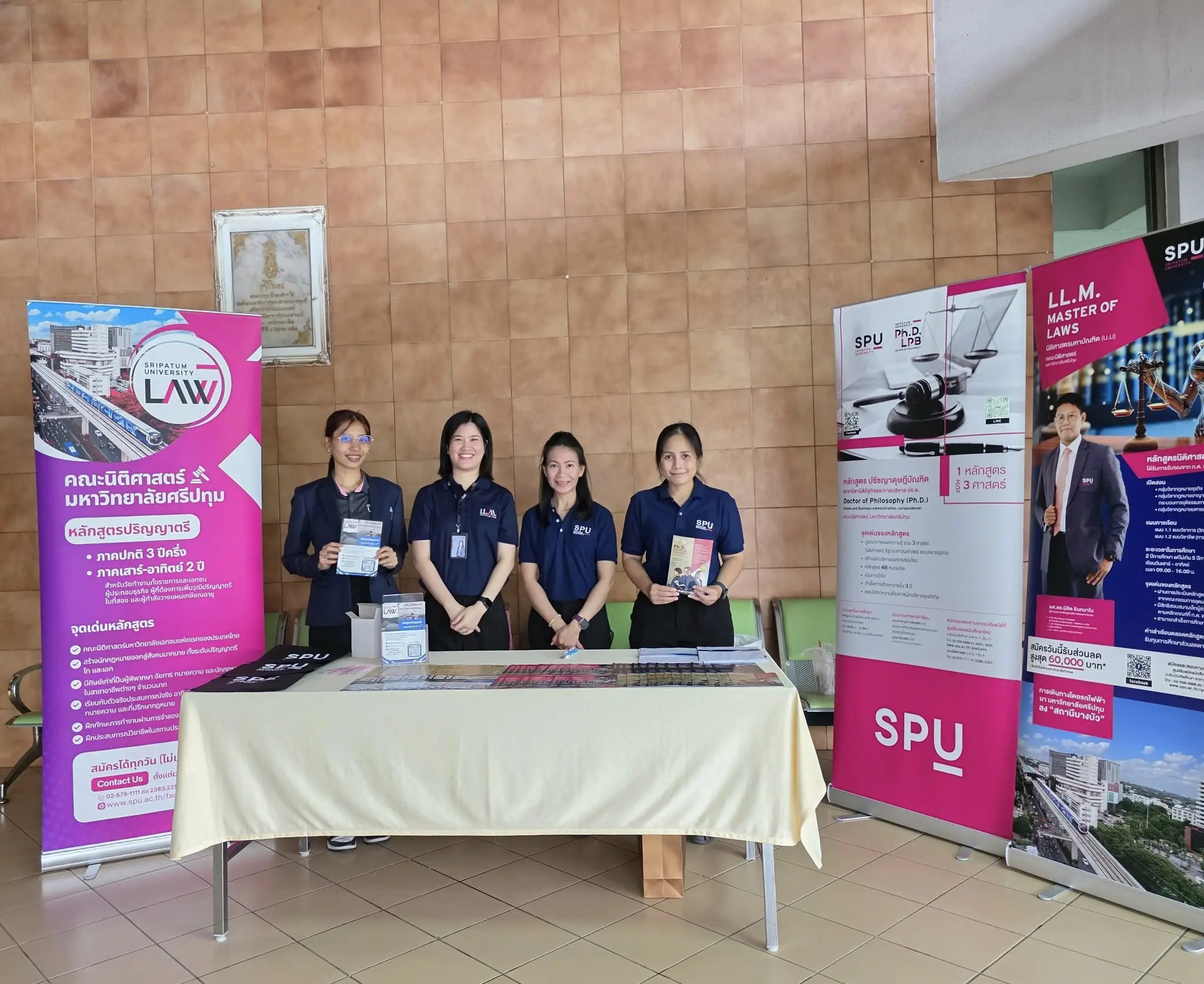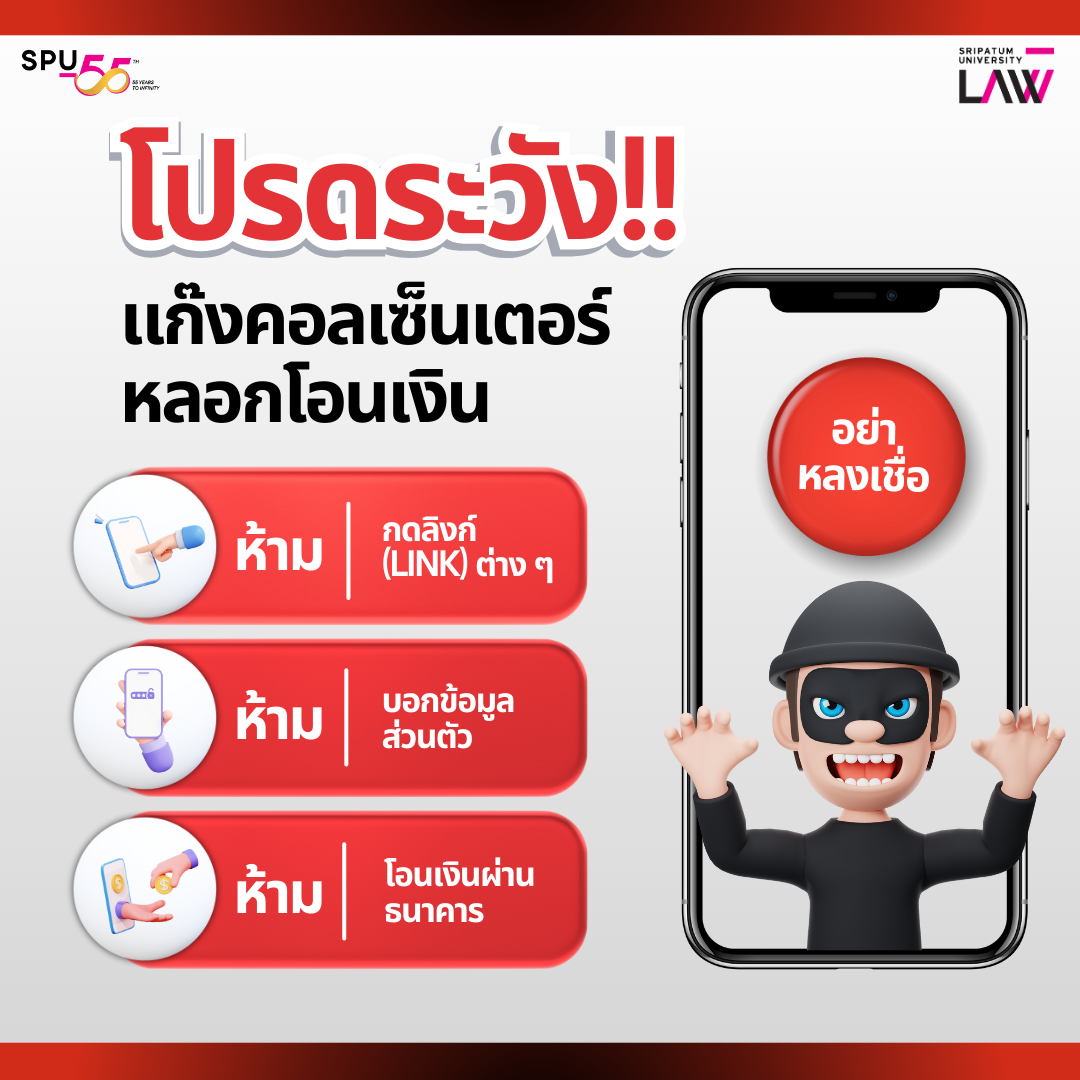http://columnist.smartsme.tv/niti/430
Ajarn Niti Neungjamnong
Director of Sripathum Law Center
Hello readers and everyone. In this issue, I will have to satisfy many people who have asked me about copyright law under the Copyright Act (No. 2) B.E. 2558, which has been in effect since August 4, 2015.
After the law came into effect in the past, many people were interested and talked about it widely. There were also many questions and doubts, such as how much of the text, photos, clips, downloads can be used for personal and commercial purposes, whether it is illegal or not, and how to know if the content or images are copyrighted and protected by law, and when will they be protected? These questions and many more have been discussed, with society starting to feel confused and worried. I would like to summarize the copyright law for Smart SMEs to know.
First of all, I would like to say that the Copyright Act is not a new law. This is only a partial amendment. Copyright is a type of intellectual property that is protected by law. The law provides protection immediately after the creator creates the work. For example, the writer of the novel, the photographer, the writer of the text, the clip, the stage designer, the actor, the host, all of these are copyrighted works immediately after the creation of the work and are immediately protected by law. These are just some examples. Therefore, it can be seen that there are many types and forms of copyrighted works. I would like to classify them into the main frameworks for using copyrighted works through the Internet, with the following principles:
Type 1: Using other people’s copyrighted work for personal use (not for profit or for business purposes) is allowed, but when using it, you must not modify, edit, add to, edit, or cite the source.
Type 2: Using someone else’s copyrighted work for commercial purposes. Simply citing the source is not enough. You must first ask permission from the owner of the copyrighted work.
Social media channels are becoming more and more important because they are used more and more and are easier to communicate. Please look at type 1 or type 2 because some people use this channel for business, which will make it into type 2. In some social media channels, it can be stated that the creator wants the public to access and use it, such as posting and setting the status as (public). However, for personal use, pressing share, clicking on links, there are additional precautions. In the case of personal use, I recommend that you clearly cite the source. In addition to the benefit of accessing the source of others, do not forget that we did not create that information. Therefore, that information may not be true or correct. Such actions may cause us to be liable under another law, which is the Computer Liability Act B.E. 2550.
At this point, it’s not difficult, right? Let me explain that this law is not as scary or difficult as you think. We just need to know how to give credit and state the source of copyrighted works because we are not the creators of those works. Intention is also important, especially in the case of commercial use, permission must be requested first. Finally, our society must accept that the content, text, and various clips available on the internet are abundant. Although all of this information is easy to access, they are all copyrighted works with the creators, whose rights we all must respect.
